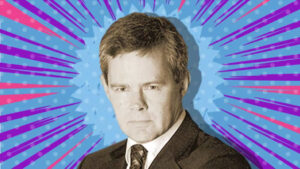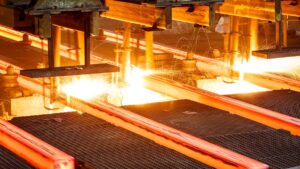Boron is a $4bn market and this ASX small cap wants to be a player
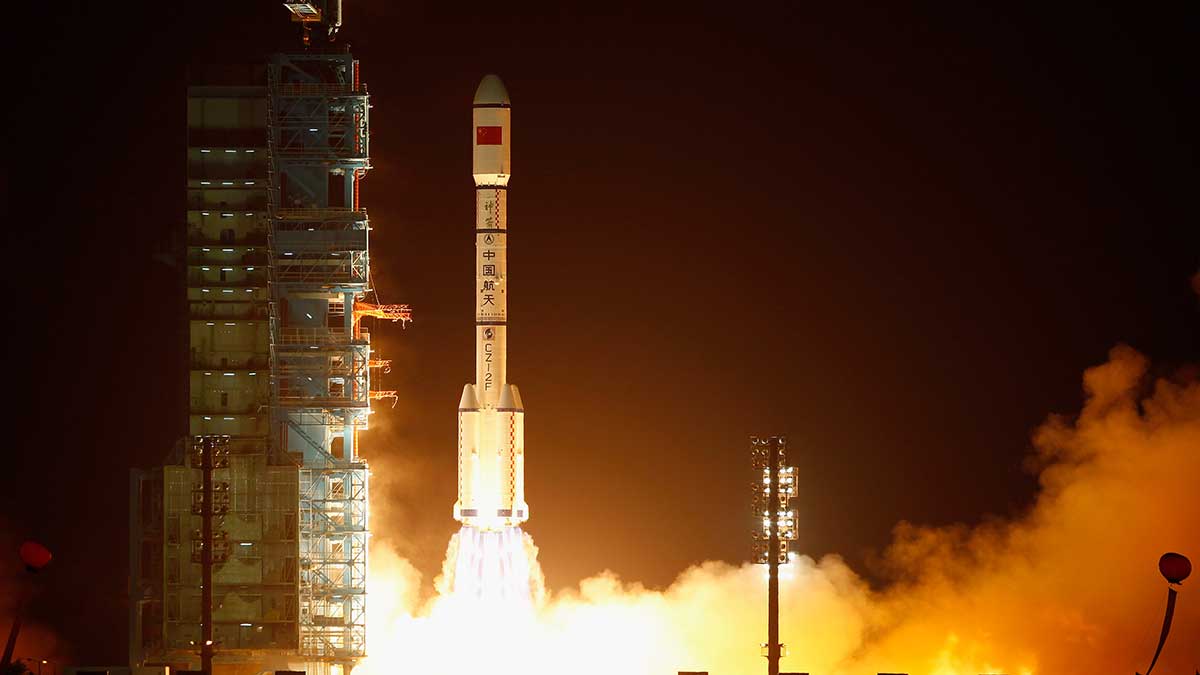
Boron has a wide variety of applications - it's even used in rocket fuel. Pic: Getty
It’s a market worth more than $4 billion – pretty much the same size as the lithium market – but very few people know what “boron” is.
Only one ASX-listed company now mines it — but a second player is planning to enter the market.
Boron is used in just about everything you can think of — from carpet, insulation and agriculture to soaps, cosmetics, TVs and mobile phones.
It’s the ingredient that allows glass to be made thin and strong enough to withstand heating and cooling without cracking.
It’s also allowed the emergence of wireless charging for mobile phones and electric vehicles. BMW recently unveiled a wireless charger for its plug-in, hybrid electric cars.
It’s even used in rocket fuel.
Rio Tinto (ASX:RIO) is the biggest producer of boron globally but its Californian mine is coming to the end of its life.
The heavyweight is also developing its Jadar lithium and boron mine in Serbia — but that is proving a costly exercise – with over $100 million spent so far and the pre-feasibility study still to be completed.
Now there is a junior that has managed to get its hands on the only other known lithium deposit in the world that is also expected to be a substantial boron deposit.
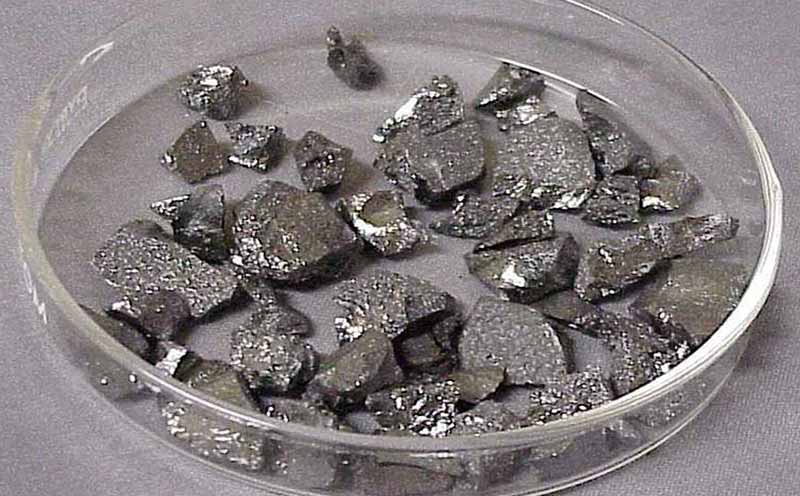
Global Geoscience (ASX:GSC) is developing its Rhyolite Ridge project which hosts around 4.1 million tonnes of lithium carbonate and 11.9 million tonnes of boric acid.
It is the largest lithium and boron resource in North America.
The Rhyolite Ridge project is much shallower than Rio Tinto’s Jadar project – so much so that the stuff actually sticks out of the ground.
This means Global Geoscience has only had to spend roughly $10 million (10 per cent of what Rio has spent) — and it will have a pre-feasibility study out in about a month.
- Subscribe to our daily newsletter
- Bookmark this link for small cap news
- Join our small cap Facebook group
- Follow us on Facebook or Twitter
The study is evaluating the potential to produce over 20,000 tonnes of lithium carbonate and 160,000 tonnes of boric acid each year from the Rhyolite Ridge project.
A tonne of boric acid is worth about $US700.
Boron will account for 35 to 45 per cent of Global Geoscience’s revenue, managing director Bernard Rowe told Stockhead on the sidelines of this week’s Diggers & Dealers Mining Forum in Kalgoorlie.
Rio Tinto’s promotion of its Jadar project appears to be helping to increase awareness about the potential of boron and investors are starting to sit up and take notice.
Since this time last year Global Geoscience’s share price has rocketed 176 per cent to a 52-week peak of 53c in March. Although it has come back a bit, it is still trading 50 per cent higher at around 28.5c.
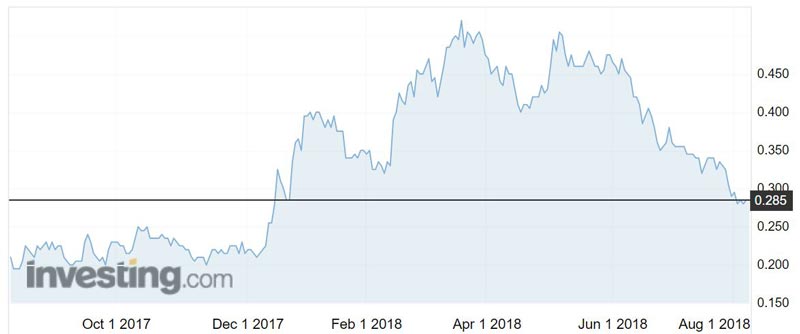
“We’ve been seeing a lot more interest and awareness in this project as a boron project,” Mr Rowe said.
“Six months ago no one was interested in boron and I even had some fairly sophisticated institutional investors saying to me ‘well what happens if we discount the boron to zero?’
“I said: ‘why would you do that, it’s one of the best undeveloped boron deposits in the world and you’re going to mine it for lithium, why wouldn’t you also sell the boron?’
“But that was the mentality because they didn’t have any awareness of the boron market and I think now that’s changed, helped along I admit by Rio Tinto because they’ve been fairly public about Jadar.”
The boron market is not expected to see massive growth going forward, but it will get bigger and it will be more stable than other commodities.
“It’ll grow at 3 or 4 per cent a year, a bit above GDP, but then some new uses like the borosilicate glass, that’s probably growing at 5 or 6 per cent,” Mr Rowe explained.
“So it’s a healthy, but nice stable growth forecast.”
UNLOCK INSIGHTS
Discover the untold stories of emerging ASX stocks.
Daily news and expert analysis, it's free to subscribe.
By proceeding, you confirm you understand that we handle personal information in accordance with our Privacy Policy.
